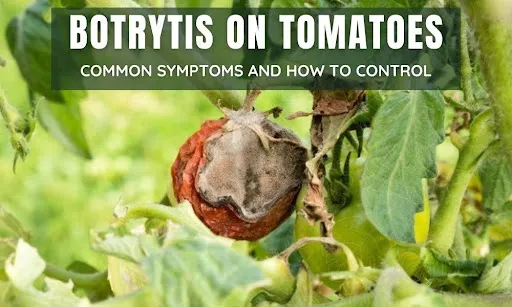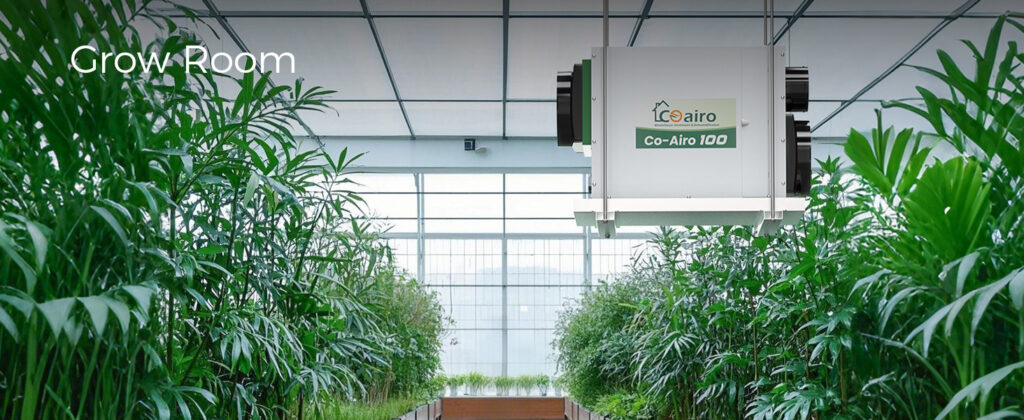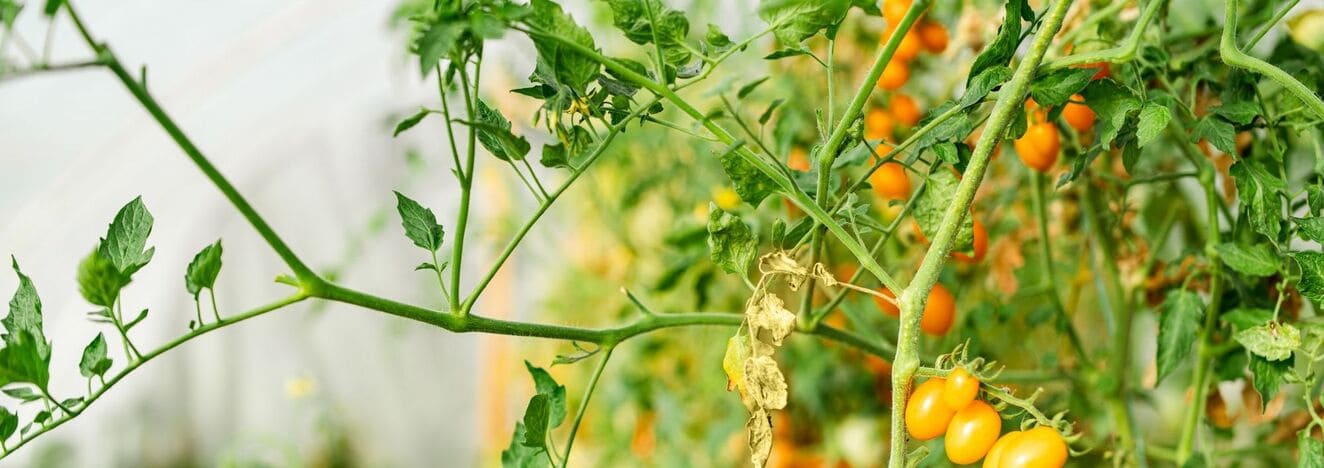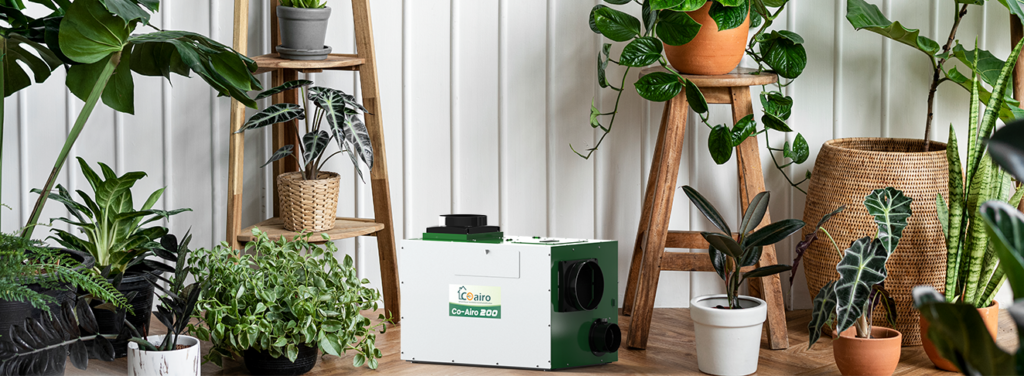Are you concerned about gray-brown mold growing on your tomato vines? This gray mold can grow on flowers, leaves, buds, bulbs and fruit of plants.
Gray mold is a foremost yield-reducing disease in tomato plants which is caused by a fungus called “Botrytis cinerea”. The fungi decay the delicate parts of plants and boosts the growth of gray-brown mold. These pathogens can invade the vegetation no matter the season.
In this guide, we will discuss all about botrytis on tomatoes. You’ll also discover ways to treat this gray mold.

Signs of Botrytis on Tomato Plants
The Botrytis mold grows in humid and moist conditions. It affects the delicate and soft plant tissues. Gray mold also known as brown, gray or tan fungal spores. Here are some of the many tomato gray mold symptoms which indicate the growth of Botrytis:

Leaf Spots
The fungus affects the leaves first then the other parts of the plant. Botrytis on tomato leads to the affected plant’s leaves which starts to become dehydrated and discolored. The mold leads to decaying and wilting leaves. You can observe gray, crumbly spots especially at lower leaves.
Fruit Rot
The Botrytis mass affects the reproductive organs and petals of plants which develop into fruits. If the conditions continue, the immature fruit rot even before full maturity stage. Botrytis spores lead to fruit rot at both pre-harvest as well as post-harvest stages. Botrytis bud rot inhibits the fruit formation which reduces the yield of tomatoes.
Stem Cankers
The mold spores appear initially as semi-transparent spots on stems which develop into brown discoloration and affect the stem. The stem of tomato plants becomes dark and loses its firmness. The stem eventually dies because of the dark spots.
The Botrytis infects the tissues of plants and the grayish mold covers the affected parts of the plants.
Common Causes of Botrytis in Tomato Crops
There are many underlying causes of Botrytis proliferation. Understanding common causes helps you to find the right solution.
Here are some of the common causes of Botrytis in tomato plants:

Humidity Spikes
A highly humid environment provides the ideal conditions for Botrytis growth on tomato plants. The pathogens thrive in the environment where the temperature is around 20-25°C and relative humidity above 90% is maintained.
The thin water film that forms on the surface of plants and leaves for several hours is the major cause of Botrytis blight. High humidity levels in a greenhouse is mainly because of poor ventilation or condensation.
Overcrowding
Overcrowding of plants can lead to the growth of Botrytis especially at places where humidity is not controlled. When plants are grown close to each other in a greenhouse lead to stagnant and humid air which ultimately is an ideal environment for pathogens growth.
Irrigation Mistakes
Many irrigation mistakes can be the reason for Botrytis on tomato plants. For example, overhead watering your plant can transfer spores from one plant to the other plants spreading the Botrytis mold.
How to Stop Botrytis on Tomatoes
Are you looking for effective methods to stop Botrytis? It is frustrating to see your plant decaying. The gray mold on tomato plants can reduce yield, destroying your hard work.
Here are some effective ways to stop Botrytis growth:
Pruning for Airflow
You can prune the plants for adequate air flow inside of the greenhouse and tomato leaf mold treatment as well. Good airflow can save the plants irrespective of high humidity levels.
You can trim the extra branches and leaves to provide space between the plants. You can also introduce ventilation fans inside the greenhouse to maximize air flow and reduce dead air spots.
Humidity Management
As high humidity levels provide an ideal environment for Botrytis on tomato leaves, avoid overhead watering. You can use a drip irrigation system instead of overhead sprayers. Water the plant in the morning time as it dries out the extra water in the presence of the sun.
You can also use a Coairo dehumidifier for greenhouse to stabilize relative humidity.
Cleaning Tools & Space
As the damaged and affected portion of plants provide the site of gray mold intrusion. So, you should remove the damaged portion of plants and discard them outside your growth medium.
Remember to use clean and sterilize pruners and other tools to prevent the molds. Disinfect the work spaces and your tools regularly. Don’t compost infected plants as dead tissues boosts the mold growth because these tissues are the substrate for gray mold.
Prevent Recurring Botrytis Problems
You can always use some strategies to prevent gray mold on tomato plants even though you can’t control environmental conditions. It’s much simpler to prevent Botrytis growth inside a greenhouse.
Ideal Greenhouse Settings
The ideal greenhouse conditions not only boost the growth in plants but also helps in Botrytis control in tomatoes.
Maintain the ideal humidity which ranges between 50-70% RH inside your greenhouse. Because high humidity hinders plant growth while low humidity triggers water stress.
Similarly, the ideal temperature for tomato plants ranges between 21-27°C. While the optimal temperature for seedling is 18-29°C. Because too cold or too hot temperature can lead to plant stress.

Conclusion
Botrytis can negatively influence the tomato plant’s growth and harvest output. The molds can lead to the dry and crumbly plant’s leaves, fruit rot and stem crankers.
High relative humidity and improper spacing between the plants can encourage the gray mold’s multiplication. Overhead watering can cause dispersal of fungal spores.
You can halt Botrytis growth by elevating the airflow through pruning, stabilizing humidity levels and sterilizing garden equipment.
Use professional greenhouse dehumidifiers and spacing guidelines to prevent the gray mold on plants. Inspect your plants daily to see any signs of disease.


